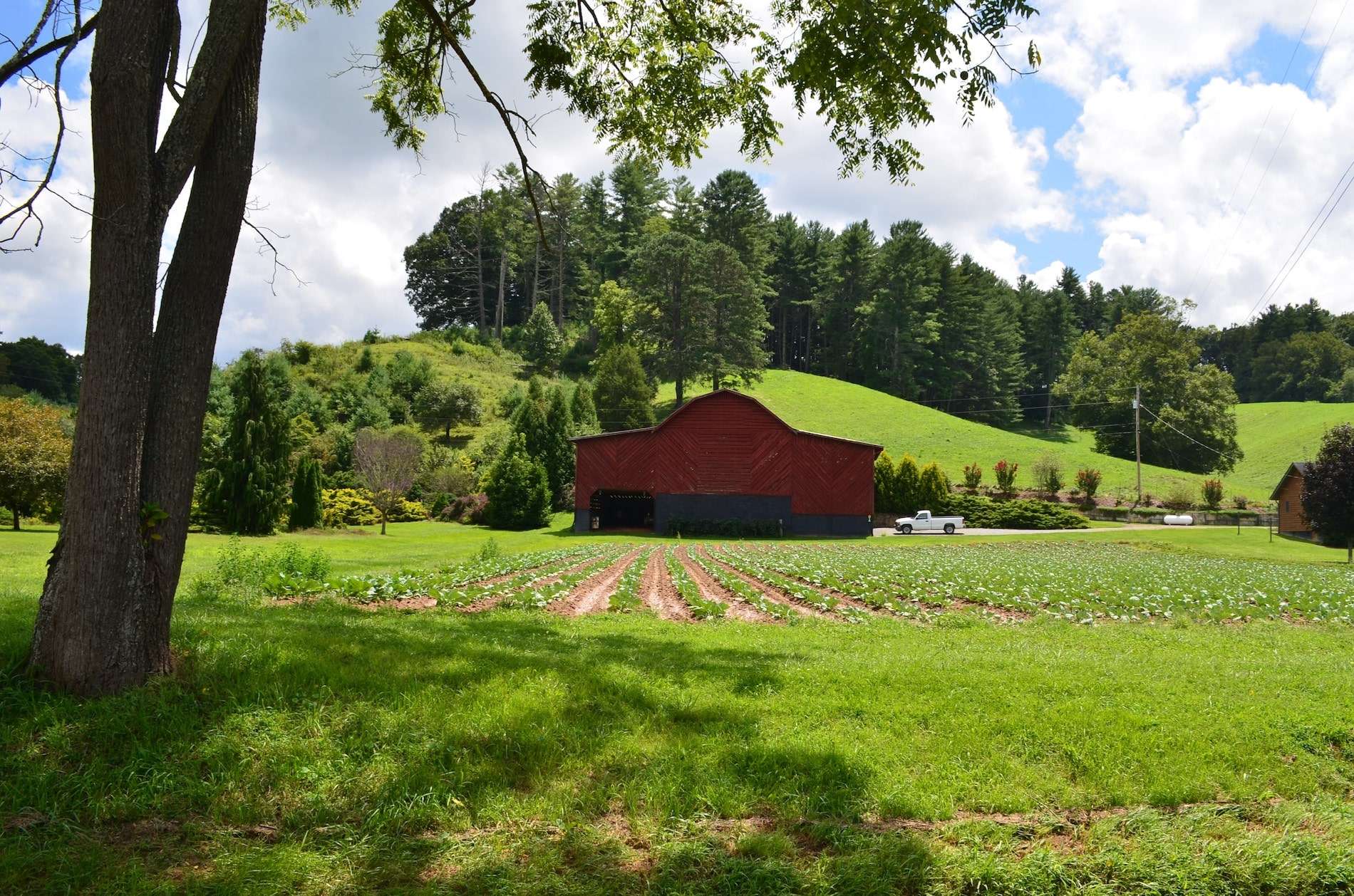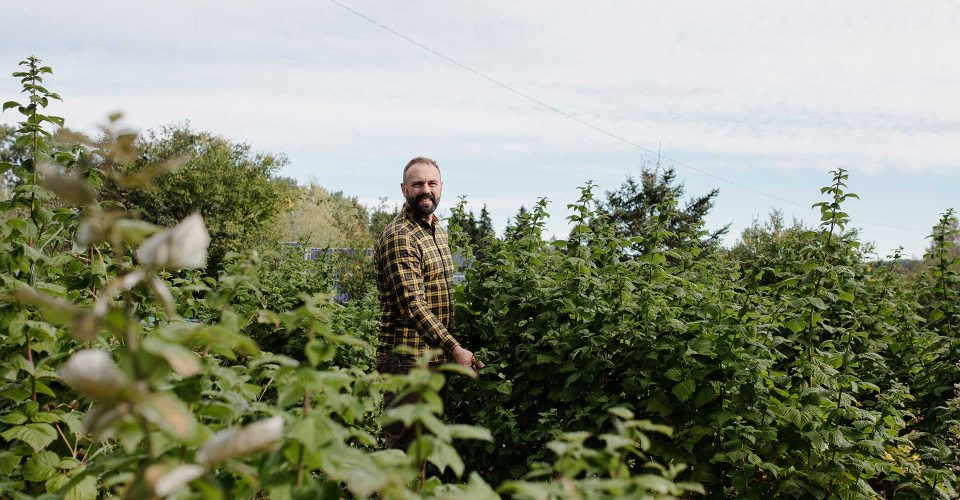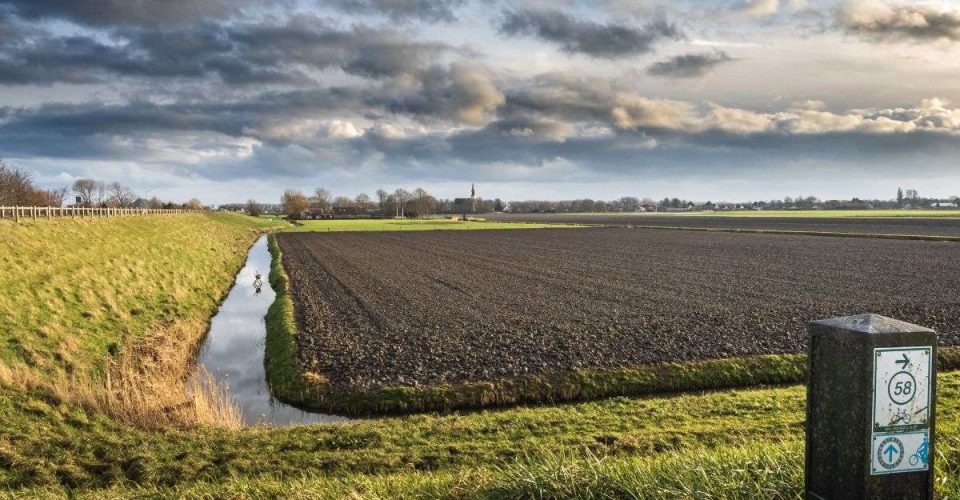By 5th World’s Lead Engineer and Co-founder, Rob Avis
In my thirties I quit my job as a petroleum engineer in the oil and gas industry – a job I loved – to travel around the world with my wife who was also an engineer. We wanted to learn about how other cultures and communities tackled a problem that had become glaringly obvious to us in the first legs of our careers: that our agricultural and financial systems were broken. They were hitting the limit of what they could achieve and were trapped in a self-destructive loop. Since then, I’ve traveled the world and founded multiple companies dedicated to cultivating resiliency and antifragility in our ecosystems, housing structures, permacultural practices, and our collective financial outlooks.
Here’s what my wife and I discovered:
despite the panic, disruption, and shifting cultural norms, we are existing in one of the most exciting eras to be alive. The economy, environment, and society are the typical metrics used to measure progress and we’re headed for disruption when it comes to all three. But I believe that times of disruption also provide incredible opportunities for innovation.
Since 2008, I’ve offered a flagship course in permaculture design, coaching people to design adaptive, resilient livelihoods within hyper-complex systems like our planet and economy. While it’s impossible to compress the contents of that course into a short blog post, I’ve recorded some of the principles that have guided hundreds of clients (and my family) to design robust, antifragile livelihoods, homesteads, and financial outlooks. Keep reading if you’re hoping to approach land ownership and cultivation as a way of creating enduring wealth that will buttress your finances and feed and shelter your loved ones now and in years to come.
Surround yourself with antifragile systems
First and foremost, I advise clients to surround themselves with antifragile decisions regarding the investment of money, time, and other resources. In other words, build a life in which your decisions can not only withstand change and challenge, but can actually flourish when adapting to and finding creative solutions to meet these challenges. Antifragile decisions allow us to create opportunities that benefit from chaos. For example, strong winds might not be a threat to your crops but what you actually need to power your entire property through a wind turbine.
Secondly, rather than adopt the view that humans are predominantly agents of harm, we need to draw upon the mountain of anthropological evidence dictating that we can actually be a very positive force by designing systems that are specifically antifragile.
Determine what kind of land and location you need in order for your homestead to be successful and abundant
It’s critical to have a series of “testing questions” to help you discern whether each decision is propelling you towards your goal or away from it. I often remind both myself and my clients that, “without a destination, every wind is a bad wind.” Without a clear, holistic focus on goals that cultivate antifragility in every area of life, we won’t be able to build resilient homesteads, let alone lives.
I recommend asking these three questions in order to create a future marked by investment and security:
- What is the most important thing your property needs to have in order to be successful, and what is the most important thing you want out of your property? Are these the same thing? Address this first when choosing land and designing a homestead.
- What are the most important things you need your land to do for you? Think carefully about these needs, and which of those are most important. For example, do you need to have a garden? Do you need this land to support livestock? Do you want to be secluded, or do you need land that’s close to other amenities?
- What are the most important things your house needs in order to keep you safe, healthy and protected? (Hint: don’t begin with the aesthetics.) For example, what kind of heating needs do you have? What kind of natural elements in the landscape can work to make your house more energy or water efficient?
As you begin to move through the above three questions, I encourage you to develop a holistic decision making matrix. All our goals must be holistic, taking into account our many priorities. Here are some of mine: finance, marriage, family, security, free-time, a lack of anxiety. It is not possible to create true antifragility in your life if you don’t make balanced, holistic decisions.
So what should we keep top of mind when thinking of purchasing land? Property and its opportunities and challenges should always be considered according to three criteria:
- Water
- Access
- Structures
Water
Let’s begin with water. Water is crucial. It is imperative to think about where it is and how to use it before any other decision is made on your property. If the sun is the drag pedal to agriculture, then water is like gasoline or diesel. The location of water should dictate access points such as gates and roads. These should dictate the placement of structures such as buildings, paddocks, plantings etc. If you want to have land with long-term tenure and highly productive systems that put out net-profit calories, harmonize your property with its water sources first.
Access
Consider carefully the kind of envelope – which is the barrier between the inside of your dwelling and outside environment – that you want for your home. The average house envelope has 15 inch thick walls, proper glazing on the south surface of the wall, and leaving the north surface unglazed. Once you have the space designed, you’ll have a better idea of how to light and power your house. A good envelope allows for multiple innovative, low-cost, energy-efficient options. Don’t forget that the amount of energy that a building loses is relative to two things: temperature and wind-speed.
It is not possible to create true antifragility in your life if you don’t make balanced, holistic decisions.
Structures
Determine how your home will be best integrated with the land
Finally, it is important to consider how best to integrate a house within its natural, physical landscape. For example, think of where your house is located relative to elevation. While most people prioritize the view (and pay the price in heating and comfort), ideally our homesteads can be net positive in terms of time-assets. Their location – ideally in an area of the landscape that reduces the potential for wind and other environmental damage and augments natural heat-inducing patterns such as thermal belts etc, – must be factored into the design of your antifragile homestead. Ultimately, integrative design and proper placement are important.
Ultimately, it is possible to build an antifragile home, property, and even life by carefully considering your priorities and then making decisions that will not only survive challenge or disruption, but ultimately lend themselves to innovation in the face of chaos. It will take energy, focus, and care but ultimately I know it’s possible – both through my own experience and the experience of hundreds of clients – to build an antifragile life, to buttress your finances and feed and shelter your loved ones now and in years to come.
What next?
If you liked this post, check out our other recent post, understanding the land you live on. By understanding the land you live on will enable you to build a property or plant a crop that works with rather than against the realities of an ecosystem, weather system, or geographical location. This knowledge is critical to the regenerative agriculture journey and essential in building an antifragile life.
.
hero image credit: Photo by Roger Darnell
Rob Avis is the lead engineer and co-founder at 5th World Land Regeneration Consulting.



